-
main-collection-product-grid
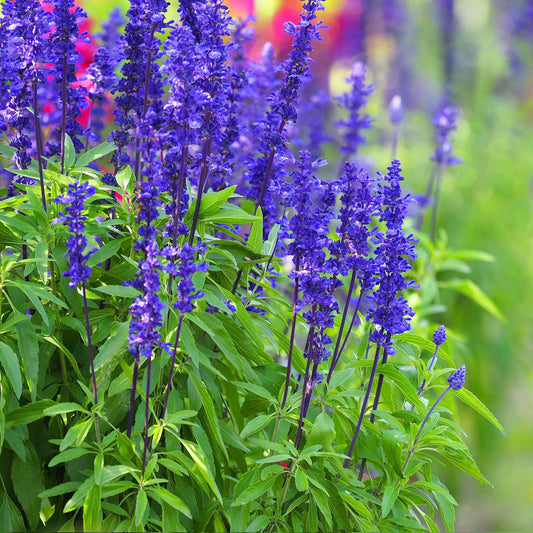
Blue Sage Seeds
These azure blooms are a food source for endangered beesBlue Sage Seeds
These azure blooms are a food source for endangered beesRegular price As Low As $5.49Regular priceUnit price per -
main-collection-product-grid
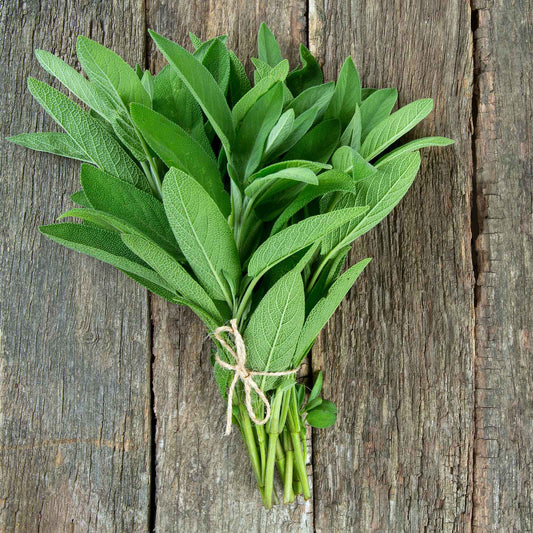
Sage Seeds (Organic)
Commonly used to spice poultry, stuffing and sausagesSaleSage Seeds (Organic)
Commonly used to spice poultry, stuffing and sausagesRegular price As Low As $7.99Regular priceUnit price per$67.99Sale price As Low As $7.99Sale -
main-collection-product-grid
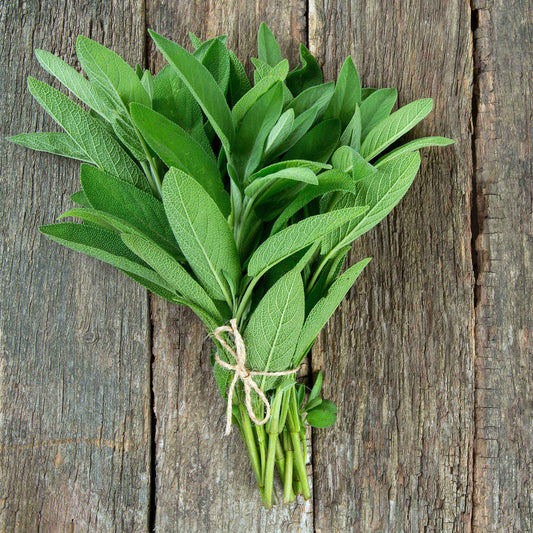
Sage Seeds
Versatile with a earthy and peppery flavor on broad leavesSage Seeds
Versatile with a earthy and peppery flavor on broad leavesRegular price As Low As $4.99Regular priceUnit price per -
main-collection-product-grid
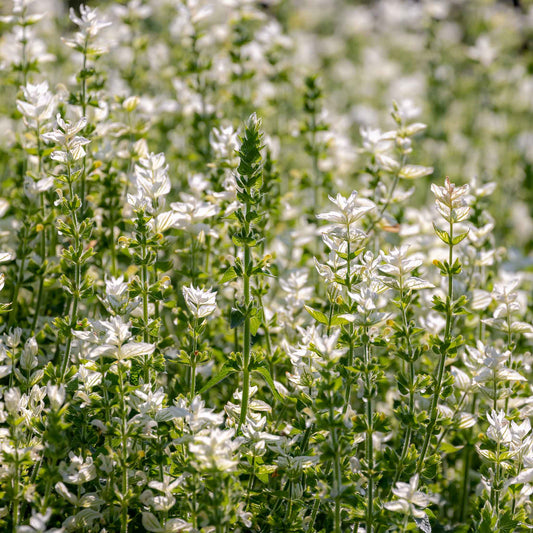
Clary Sage Seeds - White Swan
Elegant, silver spires are deer resistant and are said to have medicinal propertiesClary Sage Seeds - White Swan
Elegant, silver spires are deer resistant and are said to have medicinal propertiesRegular price As Low As $4.99Regular priceUnit price per -
main-collection-product-grid
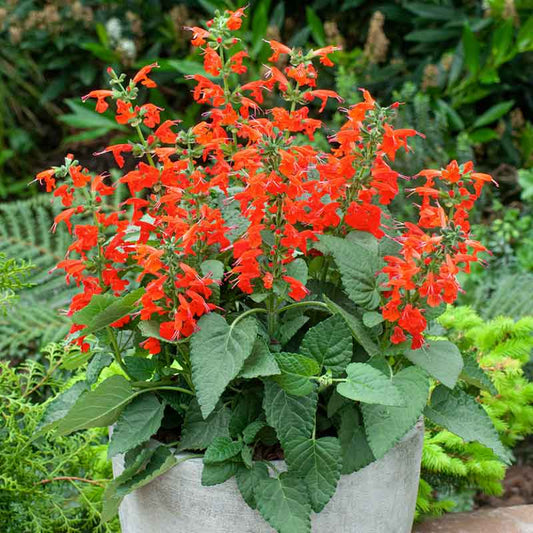
Scarlet Sage Seeds
Nectar-rich scarlet flowers are a beacon for hummingbirdsScarlet Sage Seeds
Nectar-rich scarlet flowers are a beacon for hummingbirdsRegular price As Low As $4.99Regular priceUnit price per
Growing heirloom salvia seeds in your garden
- Easy to grow and maintain
- Pollinator attracting perennial
- Drought tolerant and deer resistant
- Blazing spikes of purple or red, adds a unique zest to any garden
Salvia gets its name from the Latin word salvere, which means health, prosperity, and salvation. The plant has long been utilized as a herbal remedy and may now be found in gardens all over the world. Heirloom salvia is exceptionally hardy, including heat and cold tolerance, drought tolerance, and deer resistance. Salvia (sage) seeds grow as annuals in zones 3 through 9, with some types blooming as perennials in zones 7 and above. These flowers are simple to cultivate and care for, and they will attract a wide range of pollinators to your garden. Heirloom salvia is also a wonderful cut flower.
After the threat of frost has passed and soil temperatures have reached 65°F, direct sow your heirloom salvia (sage) seeds. Seed indoors six to eight weeks before the last frost date for early blooming. Salvia seeds sprout in one to two weeks, depending on soil temperature, and thrive in consistently moist potting soil at temperatures between 65 and 85°F. Seeds require light to sprout, so sow them on the soil's surface and leave them uncovered. Germination rates will be improved by maintaining high humidity and constant temperatures. Use a humidity dome or plastic wrap to cover your seed-starting container and spray it often. Once 10 to 15% of the seeds have germinated, remove the cover and spray periodically until the majority of the seeds have germinated. Plants should be potted into larger containers after they have three sets of genuine leaves. Plants should be hardened off for a week before being transplanted into the garden.
Heirloom salvia (sage) prefers full sun but may grow in mild shade. It favors soils that are nutrient-rich and well-drained. Plants should be spaced 18 to 24 inches apart, depending on the cultivar (taller varieties usually require wider spacing). In just one season, flower spikes can reach a height of three feet!
To encourage ongoing and extended flowering, deadhead spent blooms. By mid-summer, salvia (sage) plants may be looking exhausted. Cutting the plants back by a third can re-energize them and stimulate the growth of fresh foliage and vivid blooms. In areas where they grow perpetually, existing plants can be split in the late winter/early spring (zones 7 to 9, depending on variety).
For more information about planting, growing, and caring for heirloom salvia (sage) seed, see the Salvia (Sage) Seeds Planting Guide.




